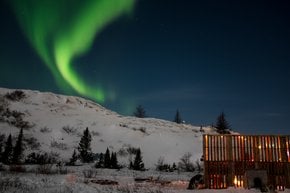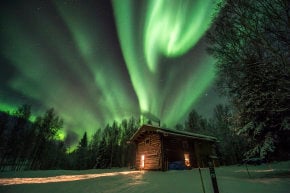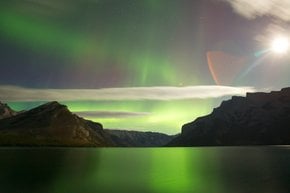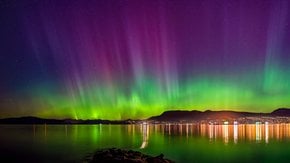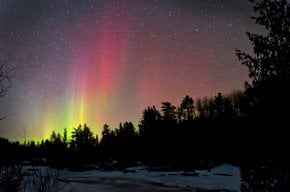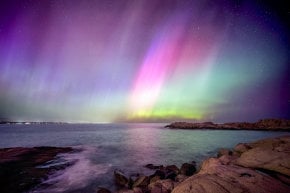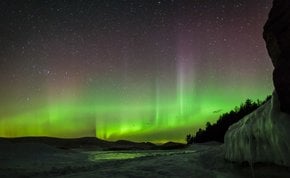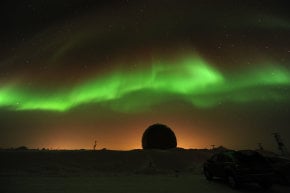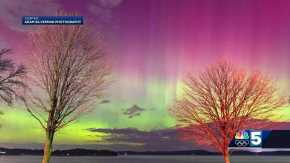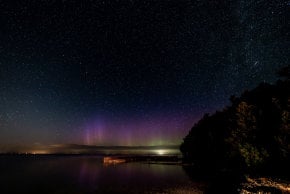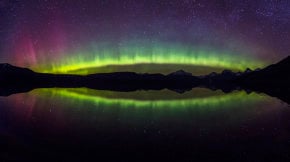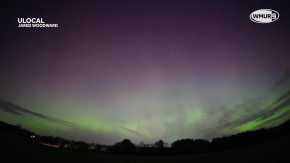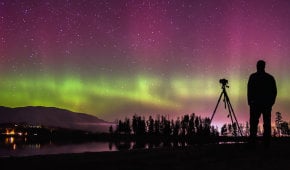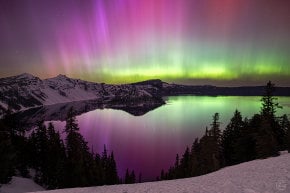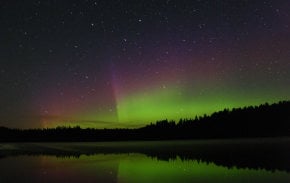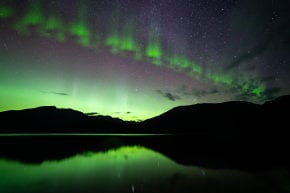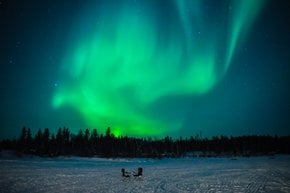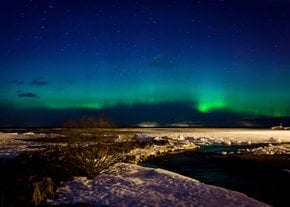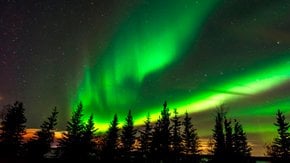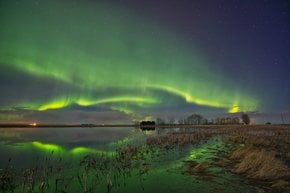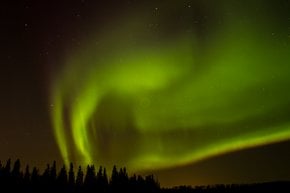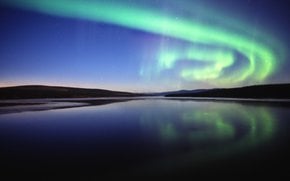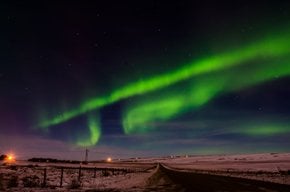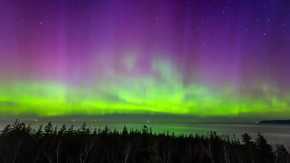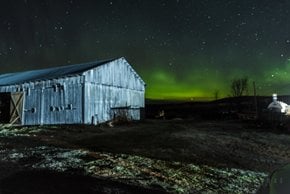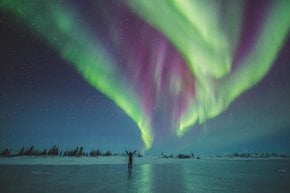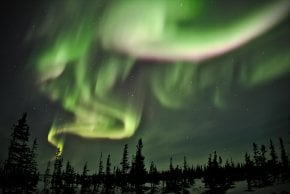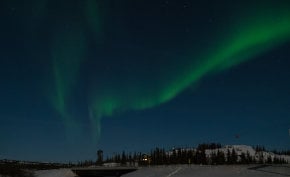Spotting the Aurora Borealis
Top Places to See Northern Lights in the United States and Canada
Seeing the northern lights is an amazing experience that should definitely be on most everyone’s bucket list. Looking up in the sky is not so difficult—just plan your location and the timing, and prepare to be awestruck! There are dozens of places in North America where you can catch a glimpse of these elusive lights. In the northern hemisphere, the aurora is usually more visible from September through March, since there are more hours of darkness during this period. Green, purple, and red lights appear in the sky as an aurora oval around the magnetic poles of the earth. They are caused by the electronically charged solar particles, also known as the solar wind, that enter the magnetic field of the earth. Their intensity is measured by the Kp-index (from 0 to 9). A higher Kp value means there are more chances to observe aurora from locations further away from the magnetic poles. Solar activity is usually more intense during the times of equinoxes. Northern lights are not visible from the same latitude. In Kp 3, for example, one can observe the beautiful aurora at 65°N in Northern Europe, and at 50°N in North America. However, the further north you go, the higher are your chances to see the elusive phenomenon. Places like Fairbanks, Alaska (USA), Whitehorse, Yukon (Canada), and Yellowknife in the Northwest Territories (Canada), top the list of the world’s best places to see the aurora borealis. The lights are also frequently visible from northern Alberta (Canada) and northern Manitoba (Canada), two areas that can be reached from major cities. Banff and Jasper National Parks, located in the Canadian Rockies, are among premier aurora-watching spots thanks to their dark skies and stunning scenery. Finally, the aurora often shows up on the banks of the Great Lakes, especially Lake Superior. That means that the dream of seeing the northern lights can come true for people in the American Midwest and Canadian Ontario. If you venture to one of the viewing spots mentioned in this article, and want to ensure that you see and capture whatever the aurora chooses to show you on your viewing night, consider getting an SLR camera and tripod. You might capture more than you actually see, since the northern lights are sometimes more visible to a specialized camera than by the naked eye. If you can’t travel to the northern latitudes, but still want to track the aurora, you can follow the occurrences via special websites that measure solar activity and make forecasts. Our last tip, if the conditions look right and you can get away, always be ready for a spontaneous aurora-chasing adventure!
Other Collections






